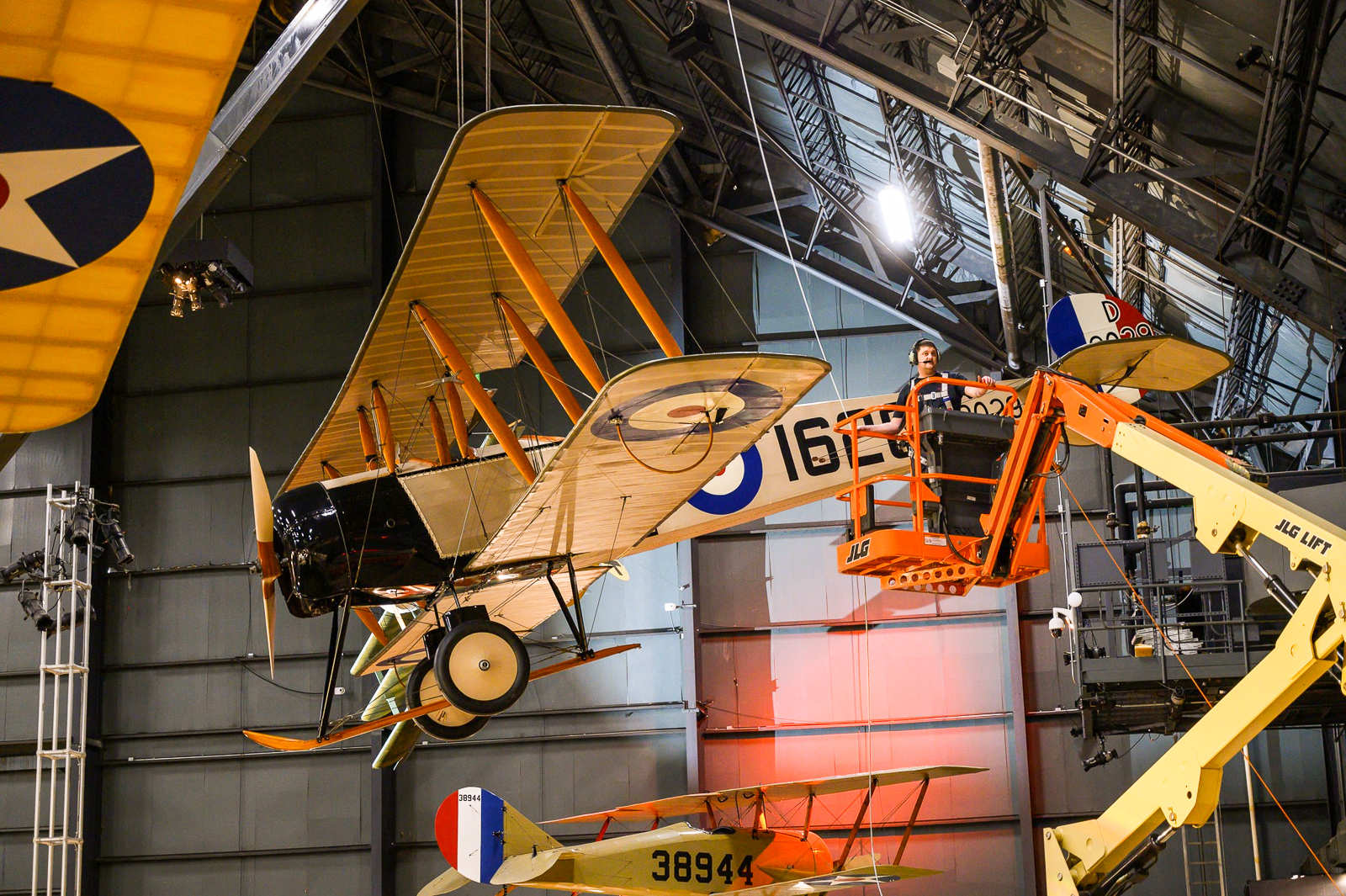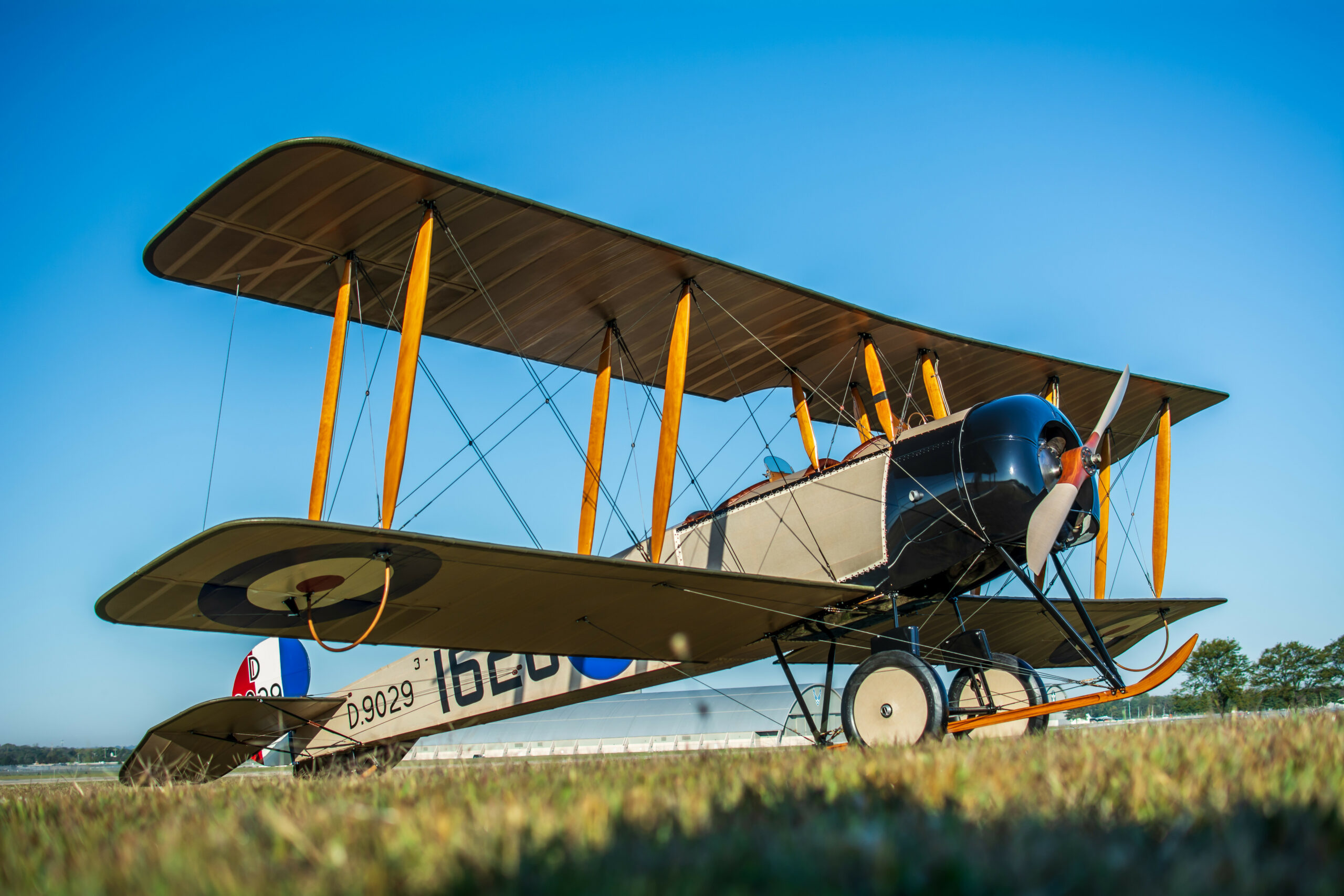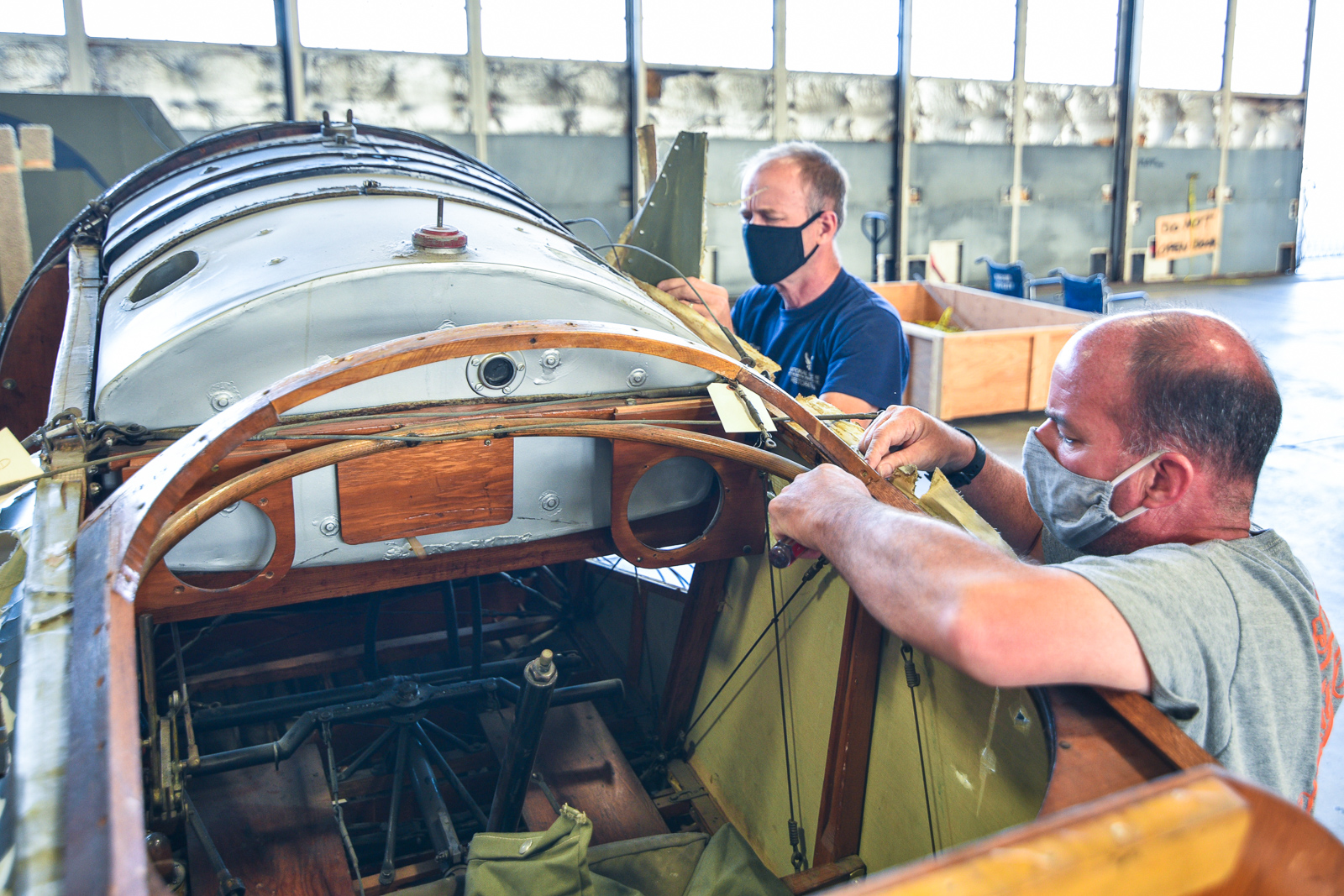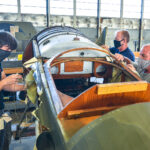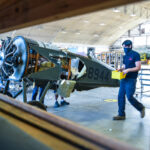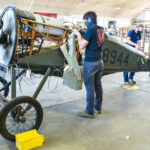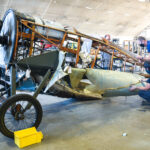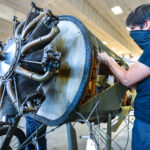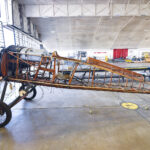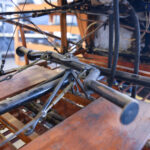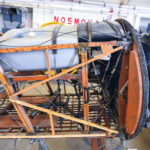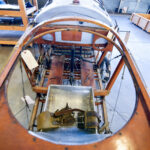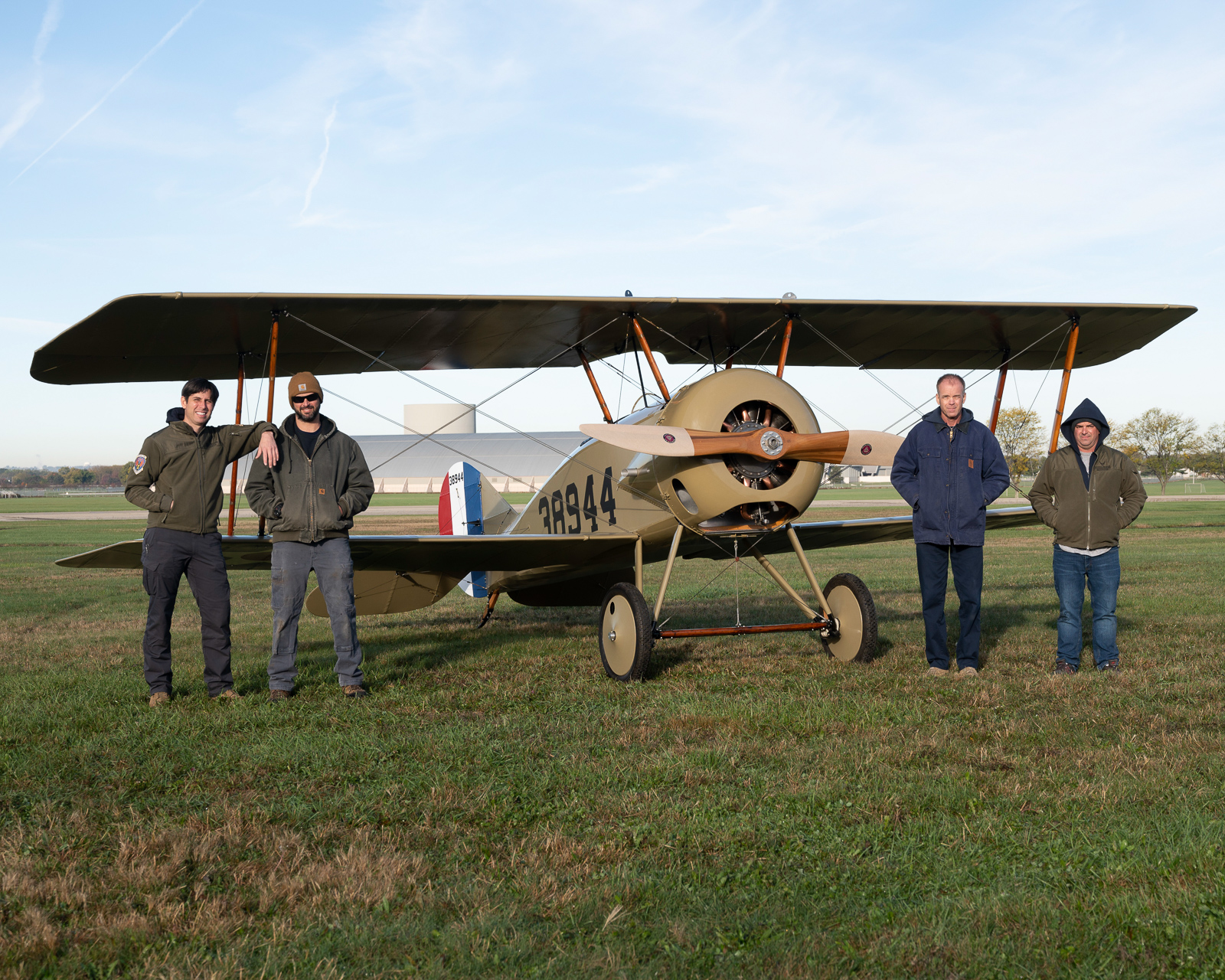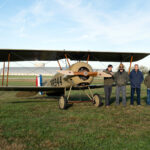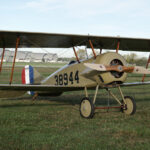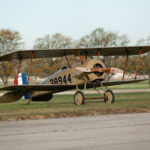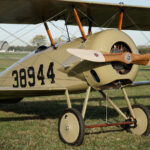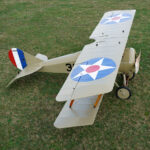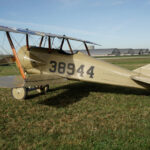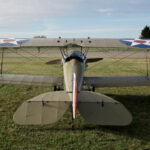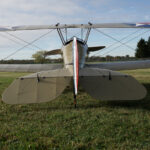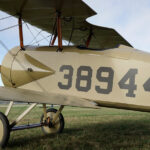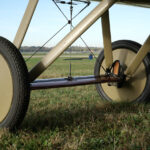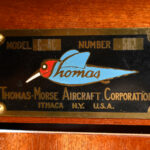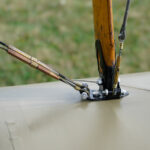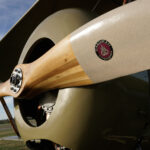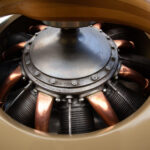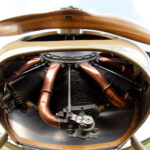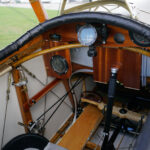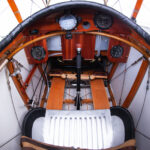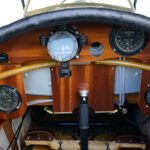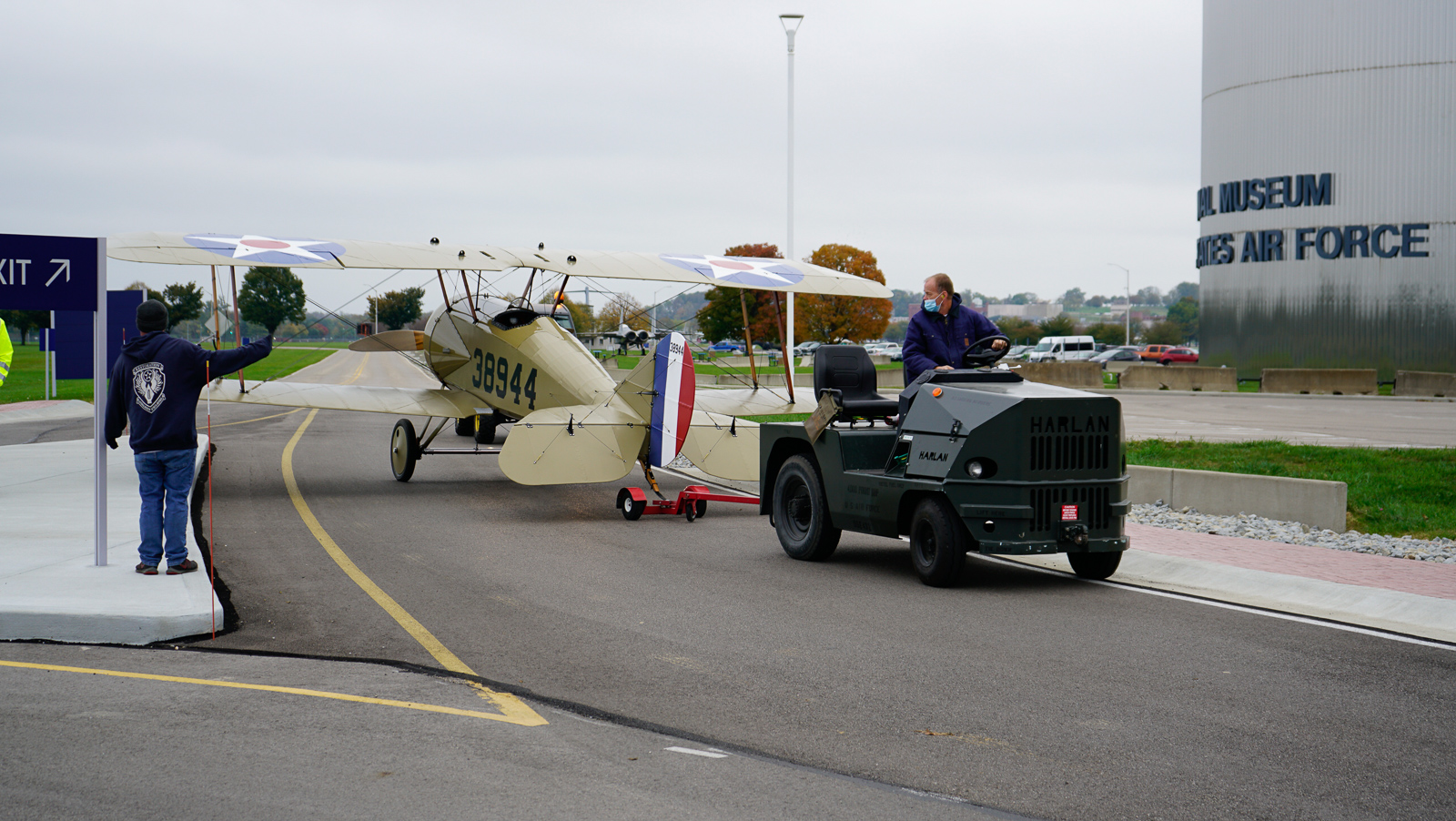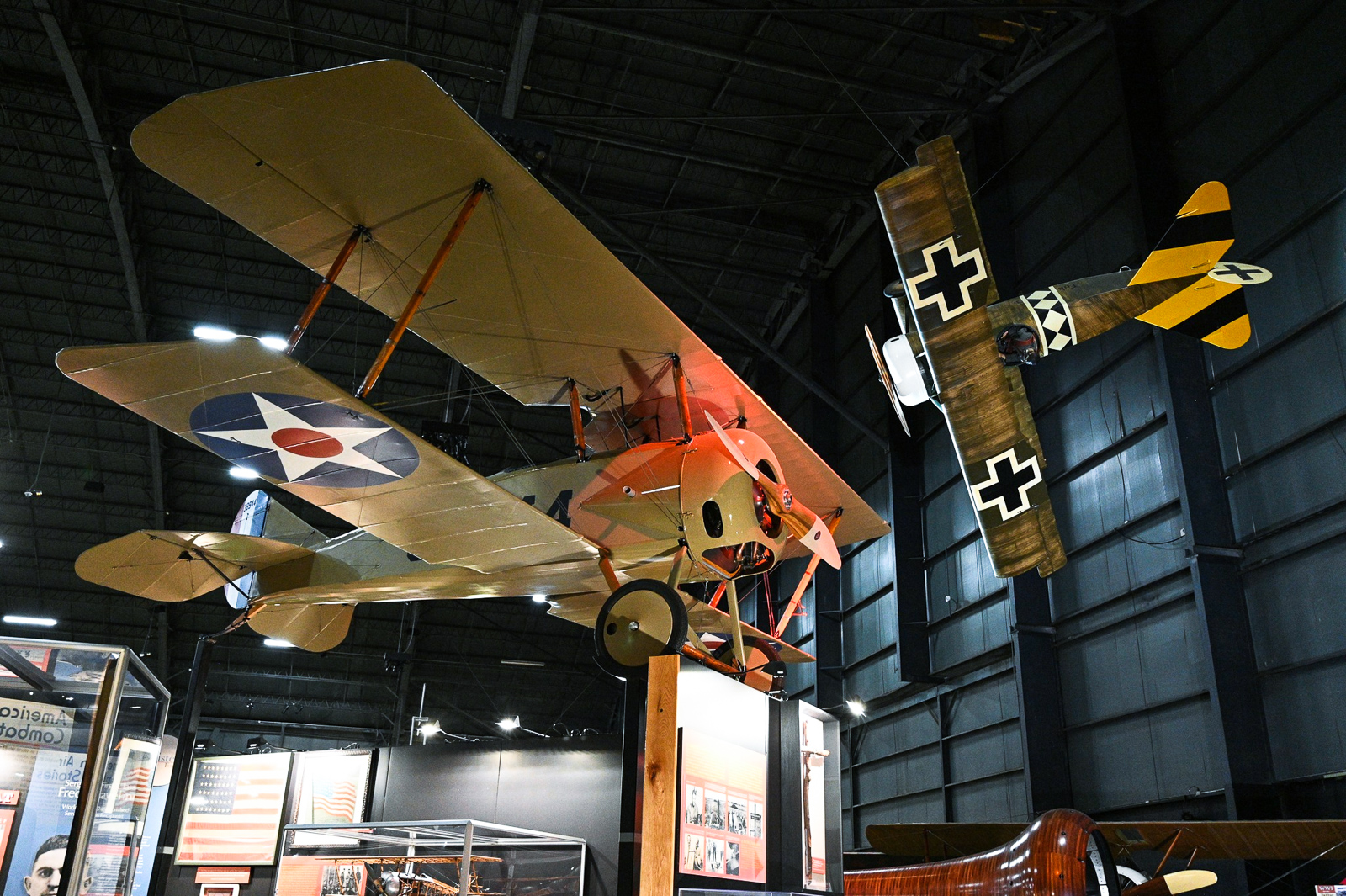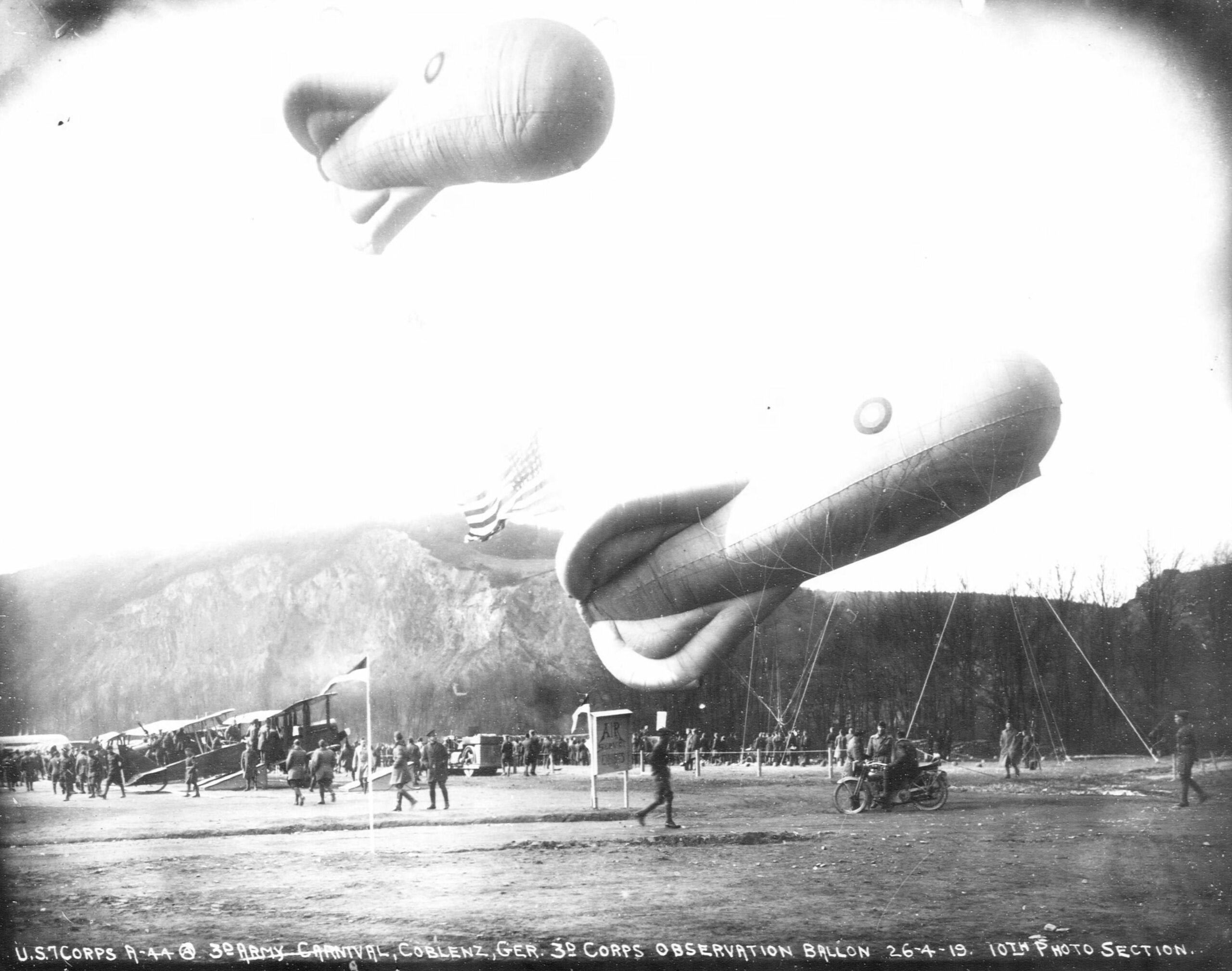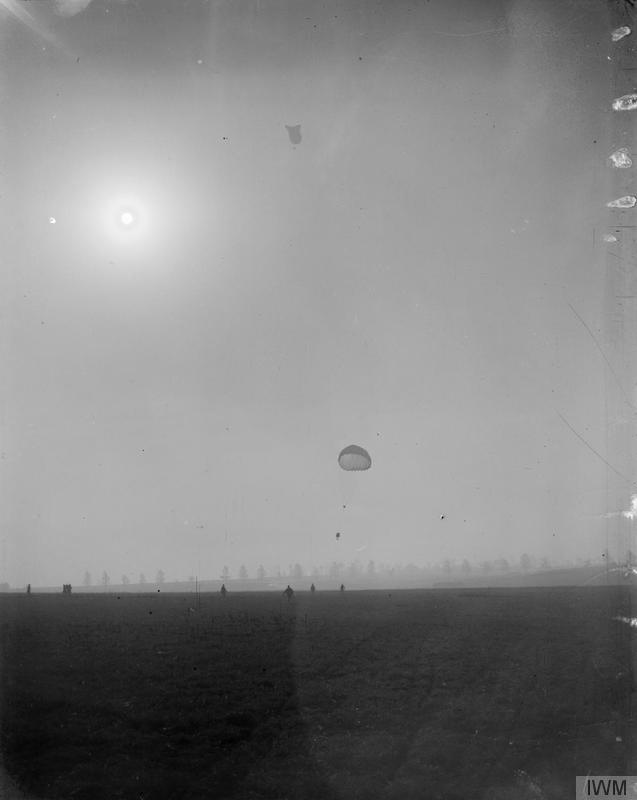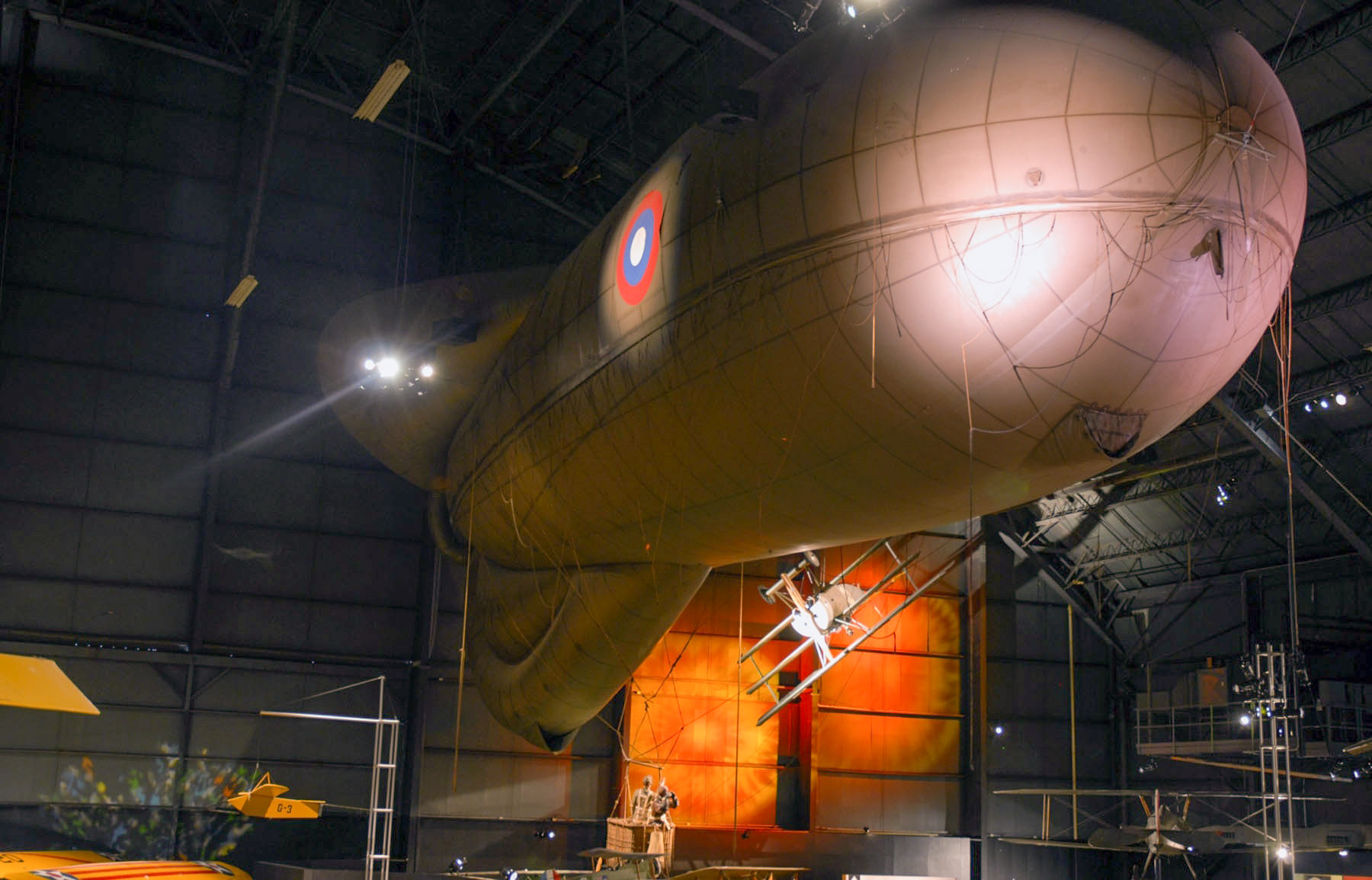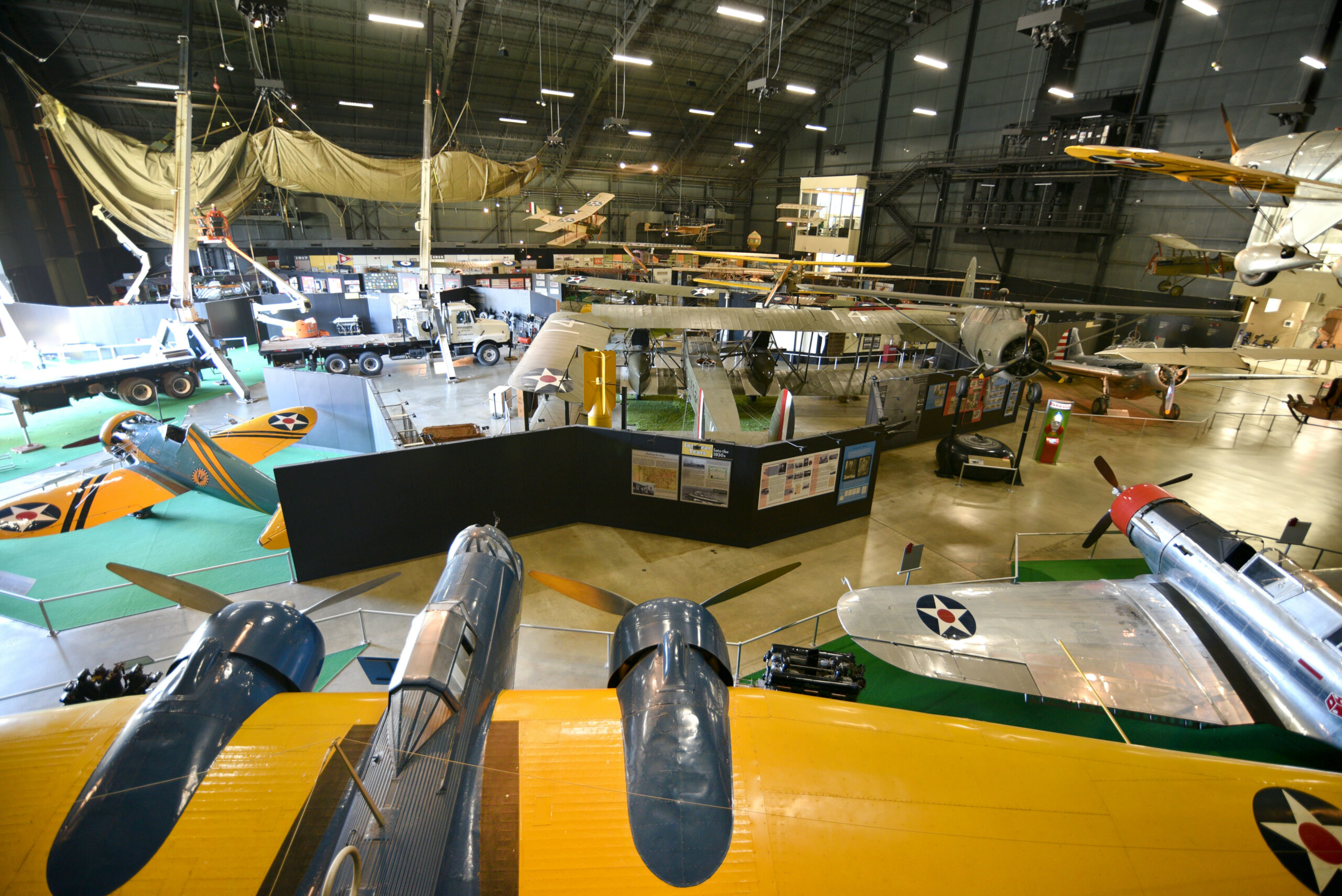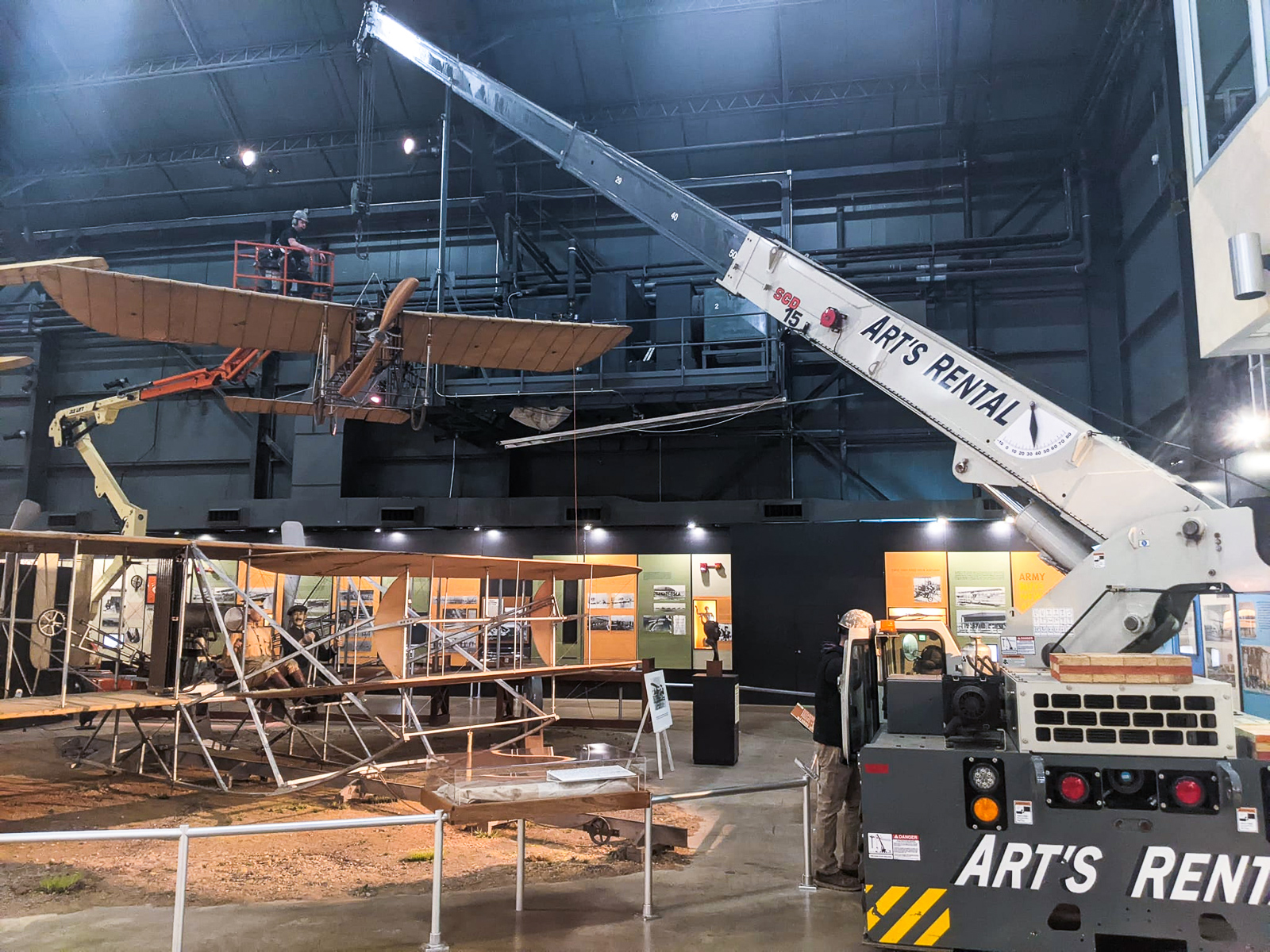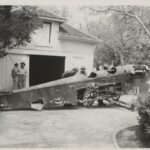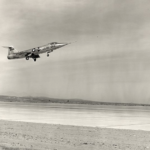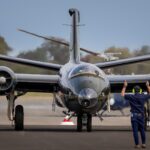by Adam Estes
Prompted by centenary commemorations for historic milestones of the First World War in recent years, many museums chose to revamp some of their exhibits celebrating the sacrifices involved in that conflict; the National Museum of the United States Air Force (NMUSAF) in Dayton, Ohio, was no exception. In addition to the special WWI-related events and exhibits which the NMUSAF held between 2014 and 2018 (with an emphasis on US Army Air Service contributions over the Western Front and aircrew training in the United States) the museum also chose to refurbish several of its WWI-era aircraft, albeit after the main Great War celebrations had concluded. These aircraft included the NMUSAF’s Curtiss JN-4D Jenny, Thomas-Morse S-4 Scout and a reproduction Avro 504K. The museum’s restoration workshop has only so much capacity, and could not focus exclusively on these projects, so it is only recently that they have finally finished the bulk of what they set out to do.
The Avro 504K was the first aircraft from the Early Years Gallery to enter the restoration queue. The Royal Canadian Air Force’s Aircraft Maintenance and Development Unit built up this example between 1966 and 1967, one of three such airframes they constructed and flew as part of the Canadian Centennial celebrations in 1967. While largely a replica, the aircraft does include several original parts, including its Le Rhône 9J rotary engine. The aircraft later joined Canada’s national aviation collection at what is now known as the Canada Aviation & Space Museum in Rockcliffe Park near Ottawa, Ontario. The NMUSAF acquired it during 2003. In July 2018, museum personnel moved the 504K reproduction to the restoration hangar, where the aircraft received a new fabric covering following an evaluation of its wood and metal framework. The new fabric bears the same livery which the museum had originally chosen for the aircraft; markings which represent one of the Avro 504Ks that the Third Aviation Instruction Center had in their charge in Issoudun, France during 1918. With its restoration complete, the aircraft returned to the Early Years Gallery in October 2019. Museum staff rigged the reproduction for suspension from the gallery’s ceiling, and recently raised it into position, where it now takes the space which the collection’s Curtiss JN-4D Jenny once occupied. As of writing, the latter aircraft is entering the final stages of its own restoration. The Jenny came down from its perch in November 2018, as seen in the video below…
While I have already delved into the history of this airframe, as a summary, the museum acquired this historic, original airframe from one Robert Pfeil of Taylor, Texas during 1956. He had barnstormed this WWI-surplus aircraft for several years before storing it in his garage for two decades. Like the Avro 504, the museum’s workshop has attended to every detail with its restoration; they found the original framework underneath the old fabric to be in better condition than anticipated too. As of writing, the Jenny was about to receive a new fabric covering; the museum estimates that it will return to the Early Years Gallery sometime in the late spring or perhaps this summer. Meanwhile, the museum’s Thomas-Morse S-4C Scout, which entered restoration after the Jenny, returned to its perch in the Early Years Gallery more than a year ago.
While not as well known as the Jenny, the Thomas-Morse S-4 Scout was the U.S. Army Air Service’s primary, single-seat trainer; pilots often referred to the type, with affection, as the ‘Tommy’. Much like the Curtiss JN-4s and Standard J-1s, Tommy’s made it onto the post-WWI surplus market at relatively inexpensive prices. Barnstormers appreciated their relatively fast, aerobatic performance, and civilian flight schools snapped them up too for obvious reasons. Furthermore, Hollywood film studios employed them to fill in for Allied fighters in the WWI aviation movies they shot during the 1920s and 30s. Considering their low acquisition cost and numerous uses in the immediate post-war era, most of the airframes were not economical to repair once they suffered any real damage so, much like the Jennys and Standards, few of them survived long enough to find their way into museums for display. Sadly, the NMUSAF knows little about the service record of their S-4 Scout; Captain R.W. Duff of Miami, Florida donated the trainer in 1965. Students at the Aero Mechanics High School (now Davis Aerospace technical High School) of Detroit, Michigan performed the original restoration back in the day, so while it was fit enough for display at the time, it was clearly in need of professional curatorial attention.
Removed from the gallery in 2019, the NMUSAF prioritized its restoration because of its poor condition. A leak in the aircraft’s oil tank – it had never been purged – saw oil trickle down into the fuselage floor; this caused the fabric covering to separate, a tear which extended down much of the fuselage. Shortly after the Scout arrived in the restoration hangar, however, the COVID-19 pandemic caused the workshop to close down for a while. Once the museum deemed it safe for staff to return to work, the restoration specialists quickly caught up with their endeavors. After a down-to-the-last-stitch restoration, the aircraft returned to the Early Years Gallery for display in October 2021. Having initially gone on display at floor level, museum staff later hoisted it back aloft in the same position it once occupied in preceding decades. Thanks to a period photograph of a ‘Tommy’ which rolled off the original assembly line right after the museum’s example, the staff are confident that they have been able to present their Scout as it have appeared during its service life.
One object which will not be returning to the Early Years Gallery, unfortunately, is the museum’s Caquot Type R Observation Balloon. Military use of balloons dates back to at least the Battle of Fleurus during the War of the First Coalition in 1794, where tethered observation balloons provided a significant tactical edge over opponents who lacked the ability to observe battlefield conditions from above. During the First World War, both the Entente and the Central Powers used observation balloons to report on enemy troop movements and direct artillery fire. By this point, observers suspended in baskets under the balloons could relay information via telegraph or telephone (wired up along the tether).
As a result, the destruction of observation balloons became a battlefield imperative. A number of fighter pilot’s – on both sides – prized their opportunities to shoot down observation balloons. Pilots received the same credit for destroying an enemy balloon as they did for an aerial victory over an aircraft, resulting in several so-called “balloon busters” achieving ace status; the American, Frank Luke, and a Belgian pilot named Willy Coppens are two such examples. But despite observation balloons being essentially stationary targets, downing them was a perilous task due to the ferocious nature of their defense. They were often guarded by deep layers of anti-aircraft artillery and machine guns, while fighter aircraft patrolled overhead. As a result, only the boldest – or craziest – of pilots would dare attack observation balloons single-handedly. Unlike the aircrew of fixed-wing aircraft during most of the war, balloon observers could use parachutes to escape their craft in an emergency. These parachutes was stowed in a bag secured to the balloon’s basket. If a balloonist had to jump, a static line would deploy his parachute as he fell.
The Caquot Type R was one of the most common observation balloons which the Allies used. Of original French design and manufacture, the British and Americans made and used their own examples during WWI as well. During WWII, the British produced a small number of Caquot balloons for non-combat purposes, such as parachute training, aerial observation and photography. The museum’s Caquot is one such example; of 1944 vintage, it served in various roles until its retirement in 1960. Aided and encouraged by British and American balloon veterans of WWI, Britain’s Ministry of Defence and Royal Aircraft Establishment arranged for the donation of this Caquot to the National Museum of the U.S. Air Force in 1975. With help from Goodyear Aerospace employees, museum personnel mended and inflated the balloon in the Early Years Gallery, placing it on display during May 1979; it quickly became a highlight for both visitors and museum personnel alike. However, on November 4, 2020, museum personnel deflated the Type R and moved into storage for eventual refurbishment alongside the other WWI-era aircraft in the gallery. Sadly, they found that the balloon’s envelope was no longer structurally sound enough for reinflation so it will remain in museum storage for the foreseeable future.
Lastly, the museum recently announced that they have lowered their Bleriot monoplane from the ceiling in the Early Years Gallery; it will now join the conservation queue in the restoration hangar. This aircraft has a unique pedigree in that Ohio aviation pioneer, Ernest C. Hall, built it himself from Bleriot XI factory drawings in 1911. He taught himself to fly in this same aircraft! Hall donated his Bleriot to the museum in 1969.
Many thanks to Adam Estes for this article. He is continuing to monitor progress with the Curtiss Jenny and Bleriot restorations, and will provide an update once they return to the Early Years Gallery. We must also offer many congratulations to the NMUSAF personnel for the meticulous effort they have devoted to the conservation and restoration of these rare aircraft, as the detailed images in this article strongly attest!







